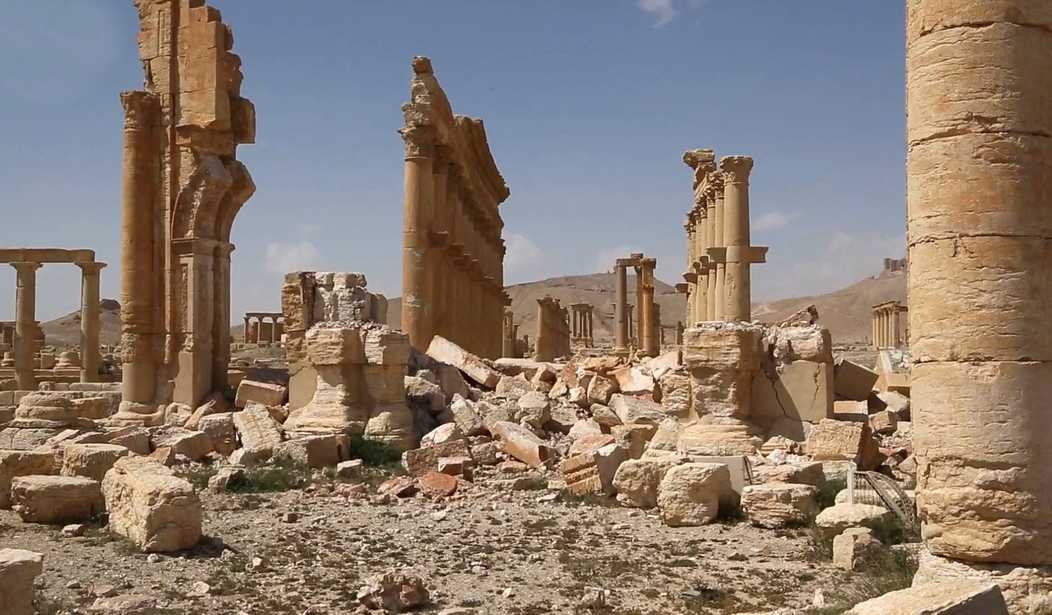Pardon the lengthy excerpt, but this piece from Frederick W. Kagan & Paul Bucala begins with lots of need-to-know information:
Iranian officials have labored to conceal the extent of their involvement in the Syrian conflict, repeatedly insisting that they are only training, advising, and assisting Syrian forces. The announcements of Iranian casualties reported by Iranian media and social media tell another story. Careful analysis of the ranks and unit affiliations of Iranians reported as having been killed in Syria demonstrates that IRGC officers are leading soldiers in combat and not merely advising. Comparisons of the casualty data with the dates of major pro-regime operations in Syria make it possible to determine that most of these IRGC units were fighting in the major offensives around Aleppo between October 2015 and February 2016 facilitated by the start of Russian air operations.
The data shows, however, that Iranian officers are unlikely to have been commanding Iranian troops in Syria, as there have not been enough casualties reported among IRGC enlisted personnel to account for the number of officers killed based on normal casualty ratios. In the report, “Iran’s Evolving Way of War: How the IRGC Fights in Syria,” we hypothesize, therefore, that the IRGC has developed the ability to send a unit cadre to Syria, implant it among groups of militias, and successfully lead those militias in extremely hard fighting.
This capability is a natural evolution of the IRGC’s own design: IRGC units are meant to receive reinforcements of Iran’s mobilized reserves (the Basij) in times of war. Conducting operations of this variety on foreign soil with a conglomerate of militias and across linguistic barriers, however, is extremely difficult. If the IRGC has, indeed, mastered this ability, then it has positioned itself to use small numbers of conventional forces on foreign battlefields to produce effects disproportionate to their size. It would constitute a significant increase in Iran’s ability to project conventional military power abroad.
We have to backtrack now to 2003-06 to get the full picture of Iran’s growing capabilities.
Secretary of Defense Donald Rumsfeld believed we could fight a “small footprint” war on the cheap in Iraq, but he was only half-right. A handful of Coalition divisions was indeed enough to topple the Ba’ath regime and destroy what was left of the Iraqi Army, but we lacked enough boots on the ground to stabilize Iraq and secure the peace.
The resulting vacuum gave Iran the chance to infiltrate Iraq, and test new methods of waging low-grade warfare against a superpower until the endless trickle of casualties (and the antics of the Democrats’ useful anti-war idiots) forced a sea-change in public opinion about the Iraq War. That helped Barack Obama get elected president, and the fulfillment of his ill-conceived strategy of abandoning Iraq and further strengthening Iran.
Iran’s first lesson was that a small investment in cash, personnel, and explosives could yield huge strategic rewards.
Now there’s the festering wound we call the Syrian Civil War. If Kagan and Bucala are correct, Iran has successfully used Syria to devise yet another force multiplier.
Iran’s second lesson is that a small deployment of officers and NCOs can turn quarrelsome militias into an effective fighting force, and expand the mullahs’ reach far beyond Iran’s borders. How effective a force? Thanks in no small part to Iran’s efforts, Moscow now feels confident enough to demand that Assad’s fate not be a part of the peace talks:
Syrian President Bashar al-Assad’s future should be the main topic of Syrian peace talks in Geneva, and Moscow’s call not to discuss this aims at undermining the negotiations, Interfax news agency quoted a Syrian opposition figure as saying on Tuesday.
Moscow’s position that Assad’s future should not be discussed at the moment has found understanding in Washington, Russian Deputy Foreign Minister Sergei Ryabkov has said. [Emphasis added]
Please note that Moscow’s demand isn’t exactly falling on deaf ears in the Obama administration, which previously had insisted that “Assad must go” as a condition of any peace deal.
But Assad’s fate is tangential to the larger story of Iran’s grand ambitions and the Revolutionary Guard’s newfound abilities.
The IRGC has proven that it can send officers and NCOs to a foreign country, train disparate militias in the ways of guerrilla warfare, then lead them into battle. Imagine what a hundred or so battle-hardened Revolutionary Guards, snuck into Europe through the refugee flow, could do with the hundreds or thousands of would-be jihadis already nestled into cities like Brussels, Paris, and Berlin.
It was just this week that Richard Fernandez and John Schindler argued that guerrilla war had come to Europe, “inspired” by ISIS. But how much more effective would those Muslim guerrillas be, trained and led by the IRGC?









Join the conversation as a VIP Member